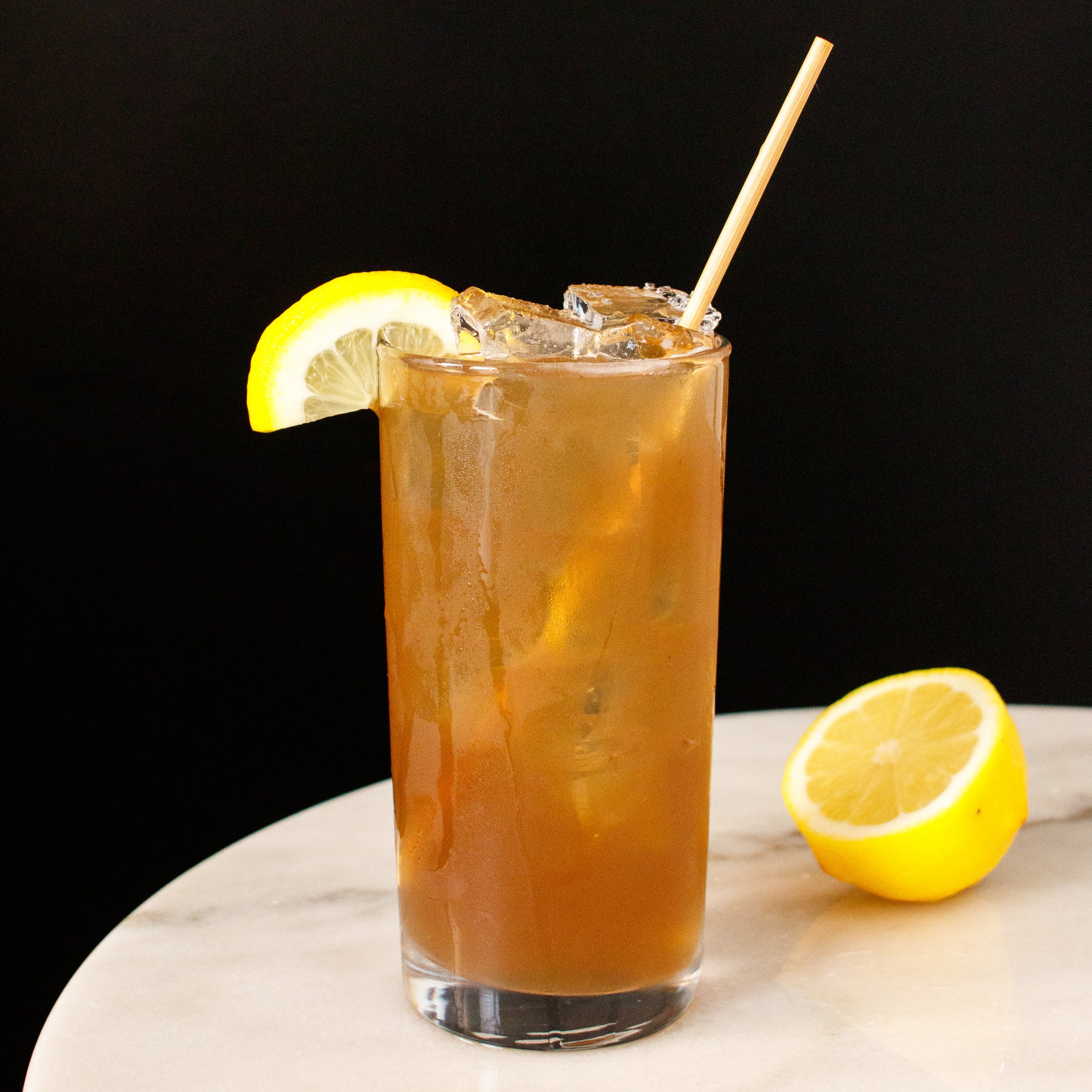The Scorpion Bowl was invented by Vic Bergeron, one of the two men most famous for popularizing tiki culture, at his restaurant Trader Vic’s in Oakland California. According to Bergeron’s 1946 book “Trader Vic’s Book of Food and Drink”, he was inspired to come up with the Scorpion Bowl after he took a trip to Honolulu in the late 30s and was served a cup of a traditional Hawaiian punch called Scorpion at a Luau. He said it was made with a Hawaiian moonshine called Okolehao, along with handful of other ingredients including orgeat, mint, and a combination of fruit juices. He especially loved the presentation of the drink served in a large communal bowl. Inspired, he returned to his restaurant in Oakland and created his own variation using rum, since he couldn’t get Okolehao in the states.
The only problem with this story is that there was no traditional Hawaiian punch called scorpion and there never was. One historian trying to authenticate Trader Vic’s story dug back through all kinds of bar menus, recipe books, diaries, letters, and travel memoires, and couldn’t find a single mention of it. But just when he was like, oh okay Trader Vic is full of shit, he found a gossip column from 1938 that actually did mention the Scorpion. Not only that, but the column even gave a recipe. However, far from being a traditional Hawaiian drink, it turned out the Scorpion was actually something created by Hawaiian surfers who made their money showing tourists around Honolulu. Much like the famous tiki cocktail it inspired, the Scorpion Vic Bergeron was served in 1938 was a fake made to look Hawaiian specifically with the goal of separating tourists from their money. Whether he was really fooled, or he knew it wasn’t authentic and didn’t care, we’ll never know. What we do know is that he took the idea back to Oakland, tweaked it a bit, and created a tiki classic that’s still served in tiki bars around the globe.
This recipe was published in Oakland in 1946, just as GIs were returning from the South Pacific after WWII, and the whole West Coast was whipped up into a Tiki frenzy fueled by fruity, boozy, tropical cocktails like the Scorpion Bowl. Over the years, Bergeron continued to tweak, simplify, and perfect his recipe. If you order a Scorpion bowl at a bar today, you’ll likely be served a much simpler recipe, published in 1972, with fewer ingredients. This 1946 version originally served 12 people. I scaled it back for to serve 4.
This older version predated the invention of the tiki punch bowls we see in most tiki bars today, and instead would have been served in a large but simple punch bowl with 20” long straws. If you have a modern tiki bowl though, this scaled back version should fit well in it.










